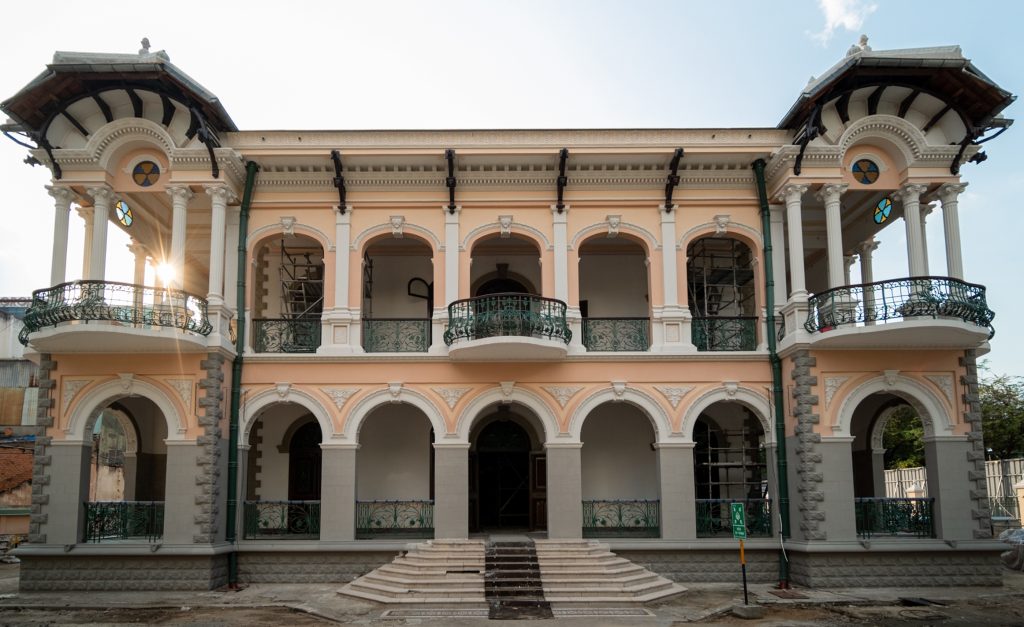
Placemaking
Creating Distinctive Experiences Through Visual Arts
Placemaking is not just about the visual arts, but art has the ability to give a visual identity to a place and can help tell a story
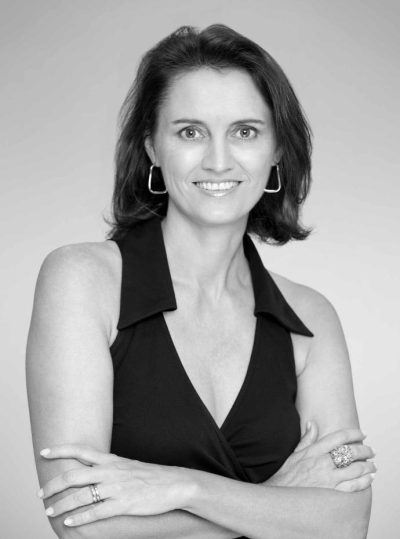
The co-founder of Art Partners, a Hong Kong-headquartered art consultancy, Sarah Pringle has 30 years of experience crafting and curating public art projects and collections for a range of clients, from institutions to property developers. After studying art in the UK and the US, Sarah started her career as a gallerist in London, Dubai, and Hong Kong, then moved to the public sector working for the Centre for contemporary Art and National Galleries in Scotland and the British Council in Manila and Hong Kong.
Since establishing Art Partners with Levina Li, Sarah has facilitated projects that engage the wider community for the likes of the Peninsula Hotels, the Royal Academy of the Arts London, Art Basel, Swire Properties, collaborating with artists including Antony Gormley, Tracey Emin, Michael Craig Martin, Team Lab and many more.
Here, the moderator of Villa le Voile’s recent Salon le Voile event, Women in Contemporary Art, speaks to Villa Manager Hannah Nguyen on the role and significance of art in the practice of placemaking.
In your experience, do you think art is increasingly
playing a role in placemaking?
Definitely. In recent years we have seen a lot of artworks and art collections being successfully used as placemaking in both private and public projects around the world.
Placemaking is quite a broad term, but in what ways do you think art factors into this concept? Is there an example of how art can have a significant impact on a community?
Placemaking is not just about the visual arts, but art has the ability to give a visual identity to a place and can help tell a story – a famous example being the Angel of the North, by Antony Gormley, located in Gateshead in the UK. The city council wanted something to act as a landmark in the region and approached the artist to create a sculpture on a prominent position near a busy interchange.
The result was one of the largest sculptures ever created in the UK – it stands 20 metres high and 54 metres wide – the sculpture was made by a local steel company who used to cast steel when the town was a mining town. The sculpture is arguably one of the most recognizable public artworks in Europe and was a catalyst for cultural regeneration in the region. In the past people may have looked at Newcastle as a sort of industrial town, but that initiative certainly made people look at Newcastle through a different lens.
There is also a hotel called the Fife Arms, owned by Hauser & Wirth. What was once a very old, dilapidated hotel in Braemar, a stopover for coach tours on the way to Balmoral, has now been renovated and houses an art collection. In a way, they brought it back to its former glory, and the collection is very eclectic and unexpected. Now the village has become a destination in its own right because of this one hotel. The art just makes people want to visit.
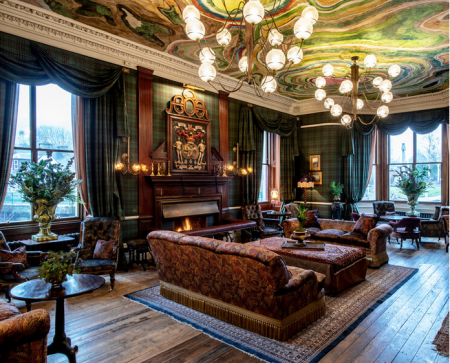
What is a recent project you've worked on that offers
a good example of art and placemaking?
We have just installed a 10-meter-high sculpture by the artist Lindy Lee at the base of the Peak Tram in Hong Kong. The artwork is called Eye of Infinity, a bronze sculpture with internal lighting that mirrors the movement of the tram as it climbs up to The Peak.
The artist describes The Peak as one of Hong Kong’s ultimate summits offering one of the world’s most sublime vistas of city, sea, and sky. Eye of Infinity is inspired by this spirit of ascension. There is no city on the planet that embodies the intimate connection between heaven and earth, sea and sky as Hong Kong does.
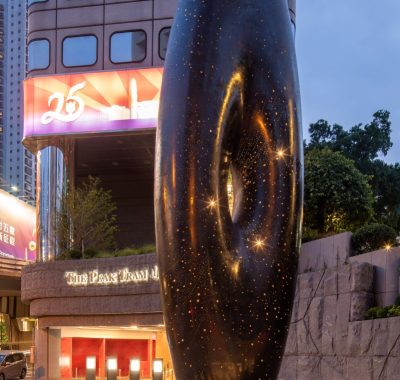
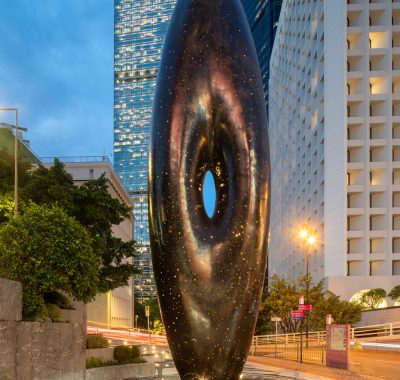
What are some art destinations that you love around the world?
I enjoy Venice, one of the most beautiful cities in the world, during the Biennale which is when you have the global art community descend upon this destination. You’re seeing everything from contemporary artists to exhibitions of more established artists, as well as the historic collections that already exist in Venice. It would be hard not to say Venice during the Biennale!
Paris, for obvious reasons, has always been one of the most inspiring and artistic cities. One of the wonderful things about collaborating on Villa le Voile is seeing those French influences from that colonial era. In terms of the architecture and design, Paris was very much a leading city, and you can see some of those influences at Villa le Voile.
Hong Kong, now with the rise of the cultural district and the opening of institutions such as M+ and Palace Museum, which are very impressive, are significant additions to the cultural landscape. Hong Kong has evolved into the big art trading hub in Asia, which means that the most influential contemporary art galleries in the world have a presence in the city, and this wasn’t the case 20 years ago.
